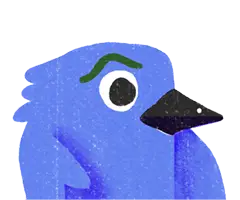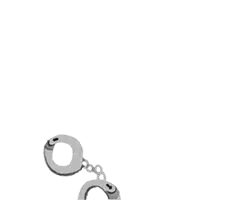5Definition of research, testing, and teaching
In this Act, unless the context otherwise requires, the term research, testing, and teaching means, subject to subsections (1A) to (4),—
- any work (being investigative work or experimental work or diagnostic work or toxicity testing work or potency testing work) that involves the manipulation of any animal; or
- any work that—
- is carried out for the purpose of producing antisera or other biological products; and
- involves the manipulation of any animal; or
- is carried out for the purpose of producing antisera or other biological products; and
- any teaching that involves the manipulation of any animal; or
- any routine breeding of animals that may result in the birth or production of an animal that is more susceptible to, or at greater risk of, pain or distress during its life, being breeding for the purpose of carrying out any work or teaching of a type specified in paragraphs (a) to (c) on any offspring.
The term defined by subsection (1) includes any work of a kind described in subsection (1)(a) or (b) carried out on the body or tissues of an animal after the animal was killed for the purpose, if the killing of the animal was a manipulation under section 3(1A).
A reference in subsection (1) to a manipulation of an animal includes a reference to the act of breeding or producing the animal in a way described in section 3(1B).
In applying subsection (1) in relation to a manipulation described in section 3(1B), the reference in subsection (1) to work must be read as a reference to scientific work but does not include normal animal management or practice.
The term defined by subsection (1) does not include any manipulation that is carried out on any animal that is in the immediate care of a veterinarian, if—
- the veterinarian believes on reasonable grounds that the manipulation will not cause the animal unreasonable or unnecessary pain or distress, or lasting harm; and
- the manipulation is—
- for clinical purposes in order to diagnose any disease in the animal or any associated animal; or
- for clinical purposes in order to assess the effectiveness of a proposed treatment regime for the animal or any associated animal; or
- for the purposes of assessing the characteristics of the animal with a view to maximising the productivity of the animal or any associated animal.
- for clinical purposes in order to diagnose any disease in the animal or any associated animal; or
Subsection (2)(a) does not apply in relation to a manipulation described in section 3(1A).
The term defined by subsection (1) does not include any manipulation of an animal—
- which is carried out with the principal objective of—
- assisting the breeding, marking, capturing, translocation, or trapping of animals of that type; or
- weighing or taking measurements from the animal; or
- assessing the characteristics of animals of that type; and
- assisting the breeding, marking, capturing, translocation, or trapping of animals of that type; or
- which is a manipulation of an animal that—
- is carried out routinely; or
- is a minor modification of a manipulation that is carried out routinely; and
- is carried out routinely; or
- which is used to fulfill responsibilities and functions under—
- the Conservation Act 1987; or
- any Act listed in Schedule 1 of the Conservation Act 1987; or
- any other Act or regulations under which the Minister of Conservation or the Director-General of Conservation or the Department of Conservation has responsibilities or functions; or
- the Fisheries Act 1996.
- the Conservation Act 1987; or
For the purposes of this section, an animal is in the immediate care of a veterinarian if the veterinarian—
- has accepted responsibility for the health and welfare of the animal; and
- is providing the animal with direct and continuing care.
In the other sections of this Act (except section 57(a)(i)),—
- the term research means any research work that comes within the term defined by subsection (1); and
- the term testing means any testing work that comes within the term defined by subsection (1); and
- the term teaching means any teaching that comes within the term defined by subsection (1).
Notes
- Section 5(1): amended, on , by section 8(1) of the Animal Welfare Amendment Act (No 2) 2015 (2015 No 49).
- Section 5(1)(c): amended, on , by section 8(2) of the Animal Welfare Amendment Act (No 2) 2015 (2015 No 49).
- Section 5(1)(d): inserted, on , by section 8(3) of the Animal Welfare Amendment Act (No 2) 2015 (2015 No 49).
- Section 5(1A): inserted, on , by section 8(4) of the Animal Welfare Amendment Act (No 2) 2015 (2015 No 49).
- Section 5(1B): inserted, on , by section 8(4) of the Animal Welfare Amendment Act (No 2) 2015 (2015 No 49).
- Section 5(1C): inserted, on , by section 8(4) of the Animal Welfare Amendment Act (No 2) 2015 (2015 No 49).
- Section 5(2A): inserted, on , by section 8(5) of the Animal Welfare Amendment Act (No 2) 2015 (2015 No 49).


